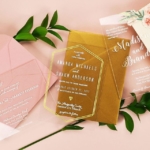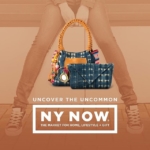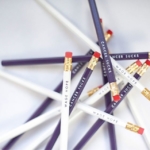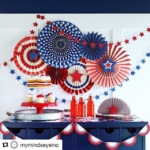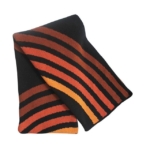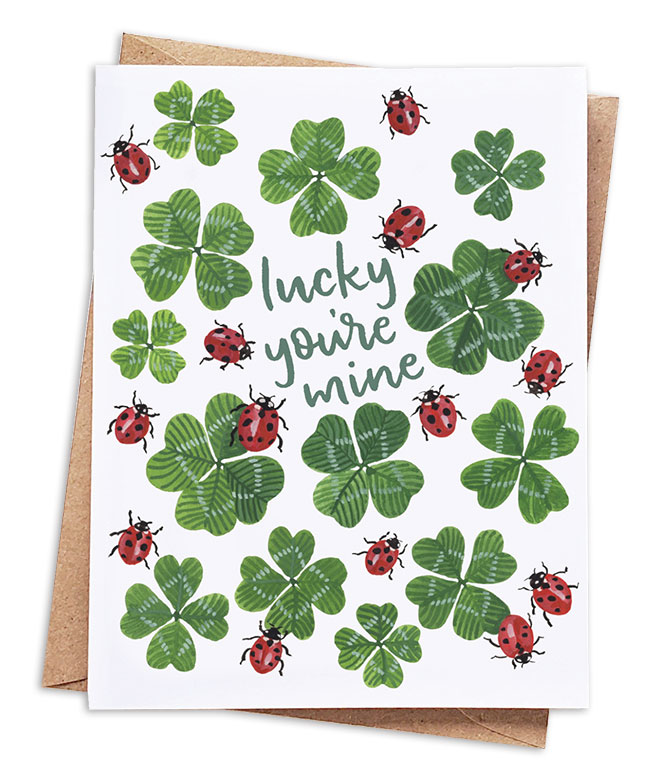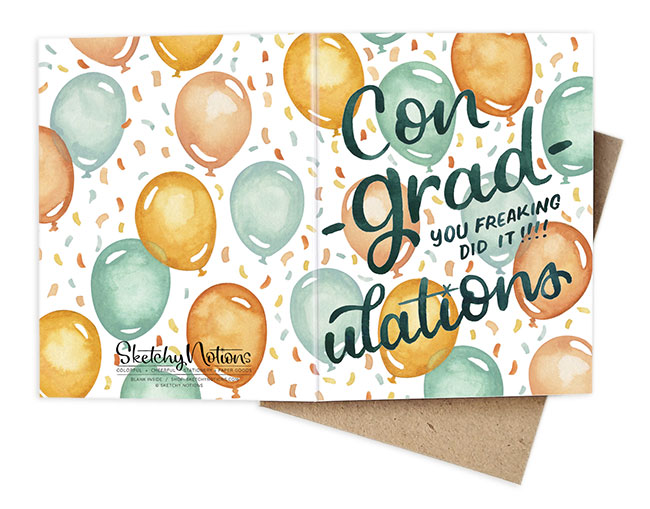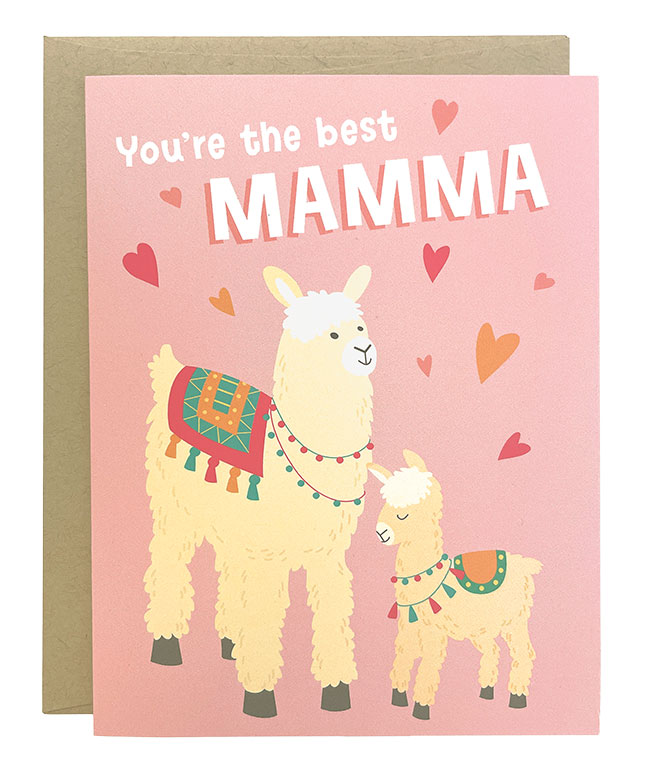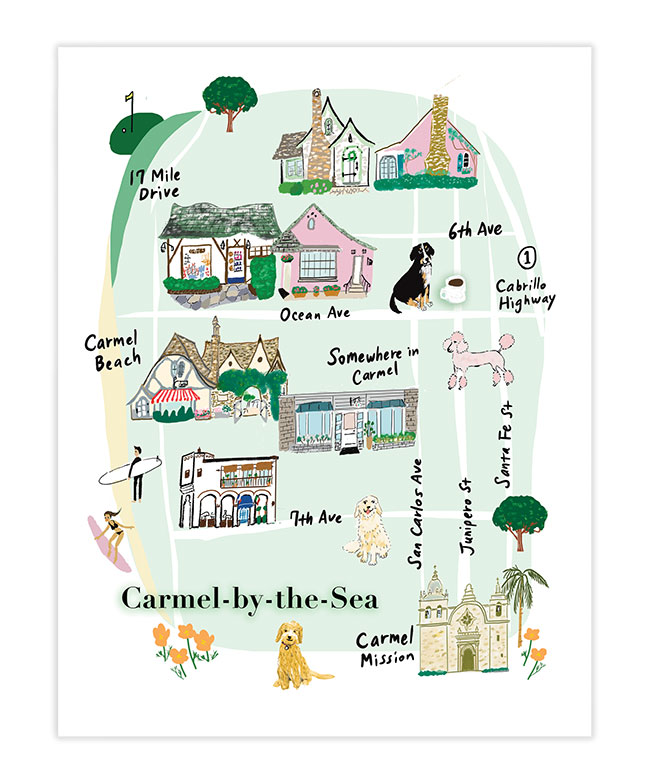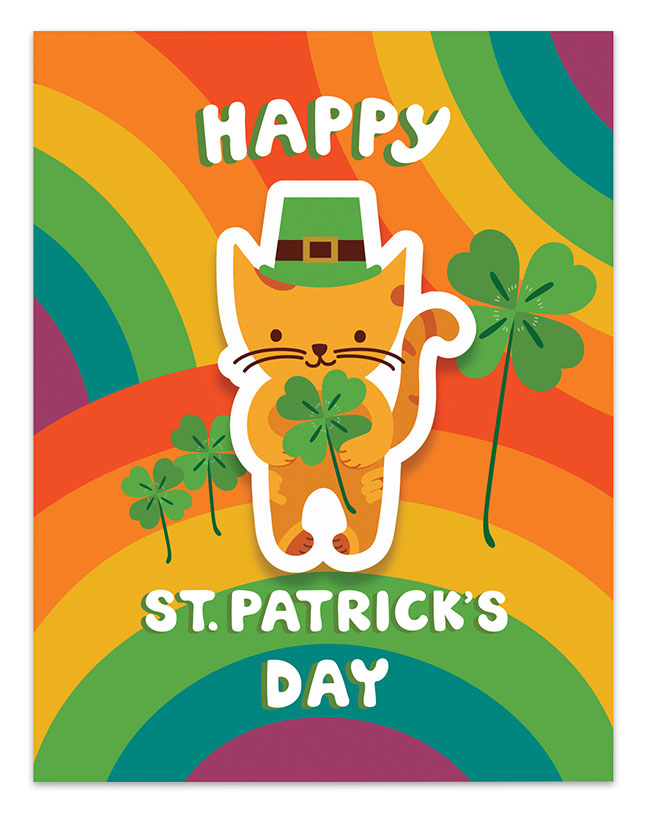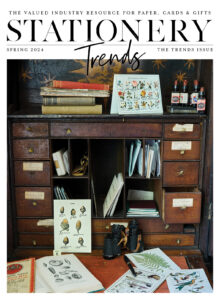Trends
April 21, 2010 •
Digital Photocards: A Trend Whose Time Has Come
Technology drives this emerging category’s staying power
The Digital Revolution has changed the world in countless ways. From the Internet to the iPhone, new technologies have transformed the way Americans perceive the world and live their lives. No area of modern life seems untouched — and this includes photocards, which, just like cameras, have gone digital.
The category couldn’t succeed without an ardent customer base. “People of all ages are becoming more technologically savvy, especially with their digital cameras and computers,” noted Whitney English Kolb, founder of Whitney English. “For the time being, digital technology is a huge asset for any stationery manufacturer.”
But the cultural progression toward them also comes with their simple ordering process, pointed out Pam Schuler, owner and founder of Blue Daisy Paper. Customers often select a design from an album, submit their photograph, approve a full-color proof and soon receive polished, ready-to-mail pieces.
Another major factor is their convenience, English Kolb stated. “One of the best ways to promote the digital printing of photos is reminding customers that it’s less work than the traditional photo attached (to a card). I know how busy we are these days, and promoting the time and cost efficiency to your customers is a huge advantage.”
The emerging category represents a perfect storm of sorts in that personalization via any medium, from photographs to initials to icons, continues as a raging trend. “I believe using photographs is a reflection of a society that wants to add an extra personal touch to their special event,” said Deborah Field, president and co-founder, Take Notice Cards. “Photographs do this so well and say so much!”
As a result of all these elements, said Gerritt Whittaker, owner/founder, Abby Lulu: “The days of bulk (photocard) stock sitting on a store’s shelves are numbered. The option of ‘in stock album’ designs, or the custom designed option with fast turnaround time, is far too easy for stores and retail shoppers to ever turn back now.”
Players & Design Directions
Although most vendors feel that demand has peaked within the last few years, digital photocards are nothing new. Take Notice cards, for example, was founded 17 years ago as BabyFace, selling its digital birth announcements direct to consumers.
The company went retail in 1998 and began exhibiting at National Stationery Show that year. “We were enthusiastically received because we were one of the few companies utilizing digital printing technology and computer software programs to create cards using personal photographs printed directly on paper,” Field recalled.
“I guess the biggest surprise in the digital photocard niche is how many companies have started to offer this product. The competition is huge,” she continued. “And because the technology continues to improve, the photographic reproduction and printing quality is looking better and better.”
With the technology offering so much potential, there’s a lot of compelling design. “The most surprising part of digital printing has been from the manufacturing point-of view,” English Kolb described. “The different production styles and high-tech capabilities are giving us opportunities to branch into new styles. For example, white text on a brown background.”
Some vendors can change the tonality of the photo, colorize it, remove the background and add a special border, commented Field. “You cannot do this with a printed photo.”
Like any category, expect digital photocards to be affected by general marketplace directions. “We are offering a green paper for the environmentally conscious, and to satisfy our own business values and goals,” noted Field.
Inspirations & Occasions
The prevalence of vendors makes for a prevalence of creativity, as many find inspiration in different places. Schuler starts with the pictures themselves. “We believe that to many, whimsy graphics intertwined with the picture take your focus off of the photo. That is why our style is very photo-centric. Having the option to perfectly match a particular color — of a shirt that a little girl is wearing, for example — can inspire the entire card.”
Annabelle Stefanski, owner/president, Annabelle’s Creations, finds her muse elsewhere. “I love using colors that are popular in fashion and home décor. Combining colors that were not previously popular to mix are now trends! I am partial to brown, lime and aqua combinations. While (they’ve) been around for a while, this trend seems to still be continuing, and I still love it.”
While digital photocards rose to prominence as holiday cards or birth announcements, they’re frequently selected for practically any type of printed piece. Vendors cited their usage for save-the-dates, first and milestone birthdays, graduation parties, engagement and post-wedding announcements, couple showers, moving cards, wedding anniversaries and even for expecting couples and pet adoptions. They’re even chosen for wedding invitations.
Promoting & Merchandising
Probably the best quality about this category is that it sells itself — provided the customer has already purchased a digital camera. That being said, making your customers aware of these services can be a real boon to sales. With online suppliers like cardstore.com cropping up, selling them effectively may be a matter of emphasizing customer service — much like other custom sales.
One method to undercut the Internet is to take some of the technical processes out of customers’ hands, pointed out Stefanski. “Creating an easy way for clients to upload their photos while in the store with a camera or disc, and the ability to scan a photo while in the retail store would be great. This allows for immediate customer attention and eliminates frustration.”
For the ultimate in personalization, some vendors, such as Whitney English, charge a custom design fee — in this case $25 — to ensure a product completely designed to a customer’s whims. “We do not want to limit our customers and can offer custom color changes to make any color, photo changes and white text on a colored background,” English Kolb said. “It’s a new way to offer each customer a custom item while still staying within the classic Whitney English or modern Hicks Paper Goods style.”
The best way to publicize your product is to show it, underlined Schuler. “I would recommend that store owners display as many samples as their real estate allows. Always ask for additional samples for walls, tables, windows and so on to direct customers to the albums in the store. Nothing will sell if the albums aren’t open and easy to look through.”
“Abby Lulu sends tons and tons of samples with our custom albums for our stores to display and merchandise with,” agreed Whittaker. “A visual presentation is your best sales tactic! Shoppers love to touch it, feel it and see it!”


